2019 Chevrolet Volt Review - An Elegy

2019 Chevrolet Volt Premier
Fully electric cars keep popping up, from startups and legacy automakers alike. They are likely the future. But I’m not ready for them, and likely neither are you.
Until nationwide infrastructure and car charging technologies allow for both a 300-mile range (typically the range of a kid’s bladder) and a 10-to-15 minute full recharge time, the internal combustion engine will always find a home in my driveway. I need the flexibility to drive across several states without plugging in.
That’s where a plug-in hybrid, like this 2019 Chevrolet Volt, makes all the difference. While it can run for over 50 miles without using gasoline, the gas engine charges the batteries, allowing for range similar to that of a traditional car. It’s the real-world way to go green.
Check that price — yeah, it’s a bit strong for a four-seat* hatchback. This Volt is the Premier trim, mostly because automakers typically want journalists to sample the best of the best. I’d be doing you, the car-shopping public, a disservice were I not to mention that the Volt LT can be had for $34,395. You lose a few nice features, certainly — namely wireless cell phone charging, heated leather seats, the fast (7.2kW) charging system, and parking assist — but for the money, a more basic Volt is both attractive and competitive with other plug-in hybrids.
Once the gasoline engine fires up, the sound is a touch coarse; a dull roar — it’s mostly noticeable as the engine seems to maintain the same speed no matter the driving speed. It’s just a tiny bit annoying.
Driving the Volt is a surprising experience. The low center of gravity yields impressive handling, though the low rolling resistance tires do suck a bit of fun out of the drive. The electric motor provides instantaneous torque, allowing for quick launches and excellent acceleration when merging onto the interstate.
The regenerative braking provided by the electric motor — which helps to recharge the battery when slowing — can be modulated by a paddle behind the steering wheel. While you can’t completely stop the car without using the foot brake, gradual speed adjustments while in traffic can be made with a pull of the left fingers. An unusual experience, but something the driver easily adapts to.
It seems the Volt doesn’t appreciate being unplugged unless you have the keys with you and the car is unlocked. I walked outside, sans keys, to put the kid on the school bus. Unplugging the car as I walked by, about ten seconds later the alarm sounded as I went back inside. I’m guessing the neighbors, if they don’t already hate me, now do.
Interior space is a bit cramped, mostly in the rear seats, as the center seat (*the car is technically a five-seater) is mainly eliminated by the center hump and a pair of cupholders. It did help separate a pair of sisters engaged in a disagreeing over something trivial, however … but the loss of space was noticeable. Rear-seat legroom wasn’t impressive, either — the 12-year-old had her knees pressed into my back.
The front seats, conversely, are comfortable enough for all-day driving. Standard Android Auto and Apple CarPlay were welcome when I tired of the selections on SiriusXM blasting through the Bose eight-speaker audio system.
For those who haven’t heard the news, the Chevrolet Volt ceases production soon, part of GM’s plan to rationalize in the face of increased competitive and regulatory pressures. The Volt arrived in my driveway two days after GM announced the impending closure of its Detroit-Hamtramck plant.
I feel for those in the several factories slated to close, but I struggle to lay all of the blame at General Motors. The corporation exists, as they say, to service the shareholders. Ultimately, the business needs to do whatever it takes to survive.
Shame, because this Volt is very nearly a brilliant car. It’s not perfect, but it does a good number of things very well. Regardless of whether poor marketing killed the Volt — how many regular car shoppers know what a plug-in hybrid is, really? — or whether blame rests on an overall move away from traditional cars, the writing was on the wall.
Suggestion to General Motors: drop a derivation of this drivetrain in an Equinox, price it under forty grand, and maybe keep some plants open. As is, the Chevrolet Volt is quite close to being the ideal electrified car for most buyers.
[Images: © 2019 Chris Tonn]

Some enthusiasts say they were born with gasoline in their veins. Chris Tonn, on the other hand, had rust flakes in his eyes nearly since birth. Living in salty Ohio and being hopelessly addicted to vintage British and Japanese steel will do that to you. His work has appeared in eBay Motors, Hagerty, The Truth About Cars, Reader's Digest, AutoGuide, Family Handyman, and Jalopnik. He is a member of the Midwest Automotive Media Association, and he's currently looking for the safety glasses he just set down somewhere.
More by Chris Tonn
Latest Car Reviews
Read moreLatest Product Reviews
Read moreRecent Comments
- Plaincraig 1975 Mercury Cougar with the 460 four barrel. My dad bought it new and removed all the pollution control stuff and did a lot of upgrades to the engine (450hp). I got to use it from 1986 to 1991 when I got my Eclipse GSX. The payments and insurance for a 3000GT were going to be too much. No tickets no accidents so far in my many years and miles.My sister learned on a 76 LTD with the 350 two barrel then a Ford Escort but she has tickets (speeding but she has contacts so they get dismissed or fine and no points) and accidents (none her fault)
- Namesakeone If I were the parent of a teenage daughter, I would want her in an H1 Hummer. It would be big enough to protect her in a crash, too big for her to afford the fuel (and thus keep her home), big enough to intimidate her in a parallel-parking situation (and thus keep her home), and the transmission tunnel would prevent backseat sex.If I were the parent of a teenage son, I would want him to have, for his first wheeled transportation...a ride-on lawnmower. For obvious reasons.
- ToolGuy If I were a teen under the tutelage of one of the B&B, I think it would make perfect sense to jump straight into one of those "forever cars"... see then I could drive it forever and not have to worry about ever replacing it. This plan seems flawless, doesn't it?
- Rover Sig A short cab pickup truck, F150 or C/K-1500 or Ram, preferably a 6 cyl. These have no room for more than one or two passengers (USAA stats show biggest factor in teenage accidents is a vehicle full of kids) and no back seat (common sense tells you what back seats are used for). In a full-size pickup truck, the inevitable teenage accident is more survivable. Second choice would be an old full-size car, but these have all but disappeared from the used car lots. The "cute small car" is a death trap.
- W Conrad Sure every technology has some environmental impact, but those stuck in fossil fuel land are just not seeing the future of EV's makes sense. Rather than making EV's even better, these automakers are sticking with what they know. It will mean their end.



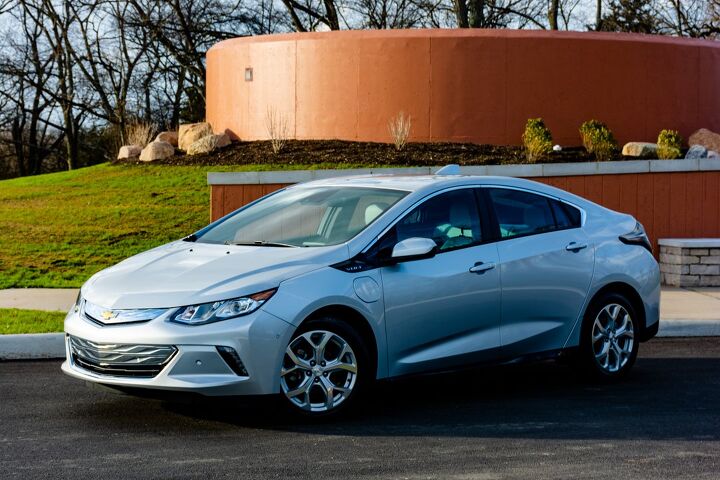























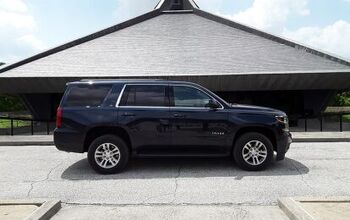
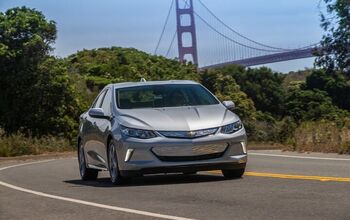
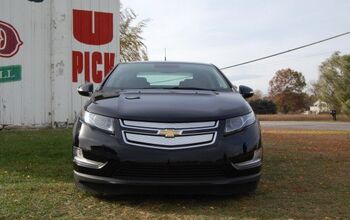
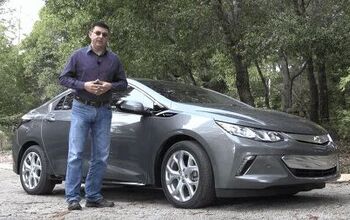
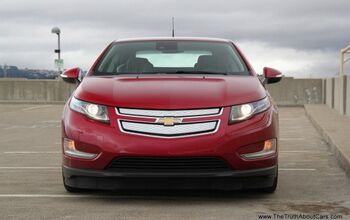










Comments
Join the conversation
At GM there is evidence of a reverse form of automotive Darwinism. I call it the survival of the least fit. In this illogical universe substandard vehicles like the Escalade and Trax survive and great cars like the Volt and ATS parish.
Soy wire insulation and subsequent costly, rodent damage has become such a huge problem for car owners in this country; that every new car review should tell potential buyers if a specific new car model is still using this in my opinion. I will not buy any car using soy wire insulation and I tell anyone who will listen the same thing WRZ Delaware County, PA .